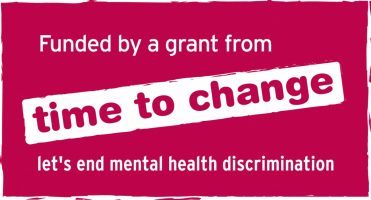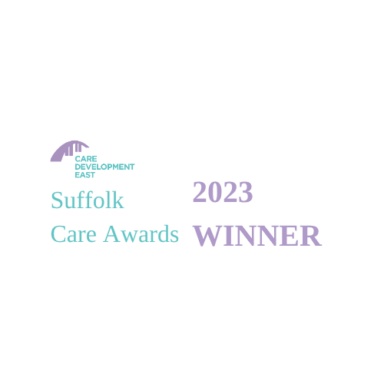Being Safe and Feeling Safe: What’s the difference?
Sometimes things happen in our communities that make us feel unsafe. In this blog, Ezra Hewing – our Head of Mental Health Education, looks at what’s going on in our brains and the difference between being safe and feeling safe.
We are all born with a need to feel safe, physically, emotionally and financially. As children and as parents, our emotional need for security extends to our family, friends and the wider communities we are connected to. So when accidents, injuries, pandemics and acts of violence take place in our communities, it’s entirely natural if we don’t feel safe.
Psychologists, historians and people who analyse the statistics of risk, tell us that we are living in the safest possible time in human history. The evidence shows that we’re less likely to be the victims of murder, war or violence than people living in earlier times.
However, while we might be able accept the evidence that we are safer, that doesn’t necessarily mean that we feel safer.
Why is this?
The answer lies, partly, in how our brain responds to our environment.
Most of us would like to think that we are rational people who will listen to evidence before we make a decision about something. But what neuroscience tells us about how our brains make sense of the world around us reveals a different story.
When weighing up risks, the brain’s emotional centres receive information about the environment around us first – before the thinking part of the brain, which is further up the chain of command.
In particular, the amygdala, a cluster of brain cells shaped like an almond, is located in the brain’s emotional centres and functions as our own personal security officer.
Our security officer reacts to events it sees as a threat – whether real or imagined – as it works to keep us safe.
The security officer does this by triggering the alarm system, known as the fight-or-flight response, prompting us to run from danger or lash out to defend ourselves.
It also triggers strong emotions like fear, anxiety and anger.
The thinking part of the brain, largely located behind our forehead, gets the same information as the security officer, but just a fraction of a second later. So if the security officer has already triggered a strong emotional reaction then our access to rational thinking is reduced.
We might be able to draw upon rational thinking to try and stop ourselves from overreacting, or put the brakes on before we say or do something we regret.
But if the security officer’s emotional response is too strong, the thinking brain’s attention becomes locked on the perceived threat, and rational thinking goes out the window.
We will all have experienced this when are locked in arguments with other people and feel personally attacked. Or when we’ve replied in anger to an email or text, and later read it again and realised we overreacted.
We also see it in the wider world of politics, public affairs and reality TV when individuals and groups become very emotional and lose the ability to see the other person or group’s point of view. Or, even if they disagree, to listen and understand what the other party are saying.
Strong emotions – like anger, anxiety and fear – stop us from thinking rationally, as we all know when we are able to reflect upon it calmly.
And if the security officer doesn’t feel safe we are less able to accept any evidence which tells us that we are safe.
How can we calm the security officer down so that we do feel safer?
Firstly, we can try activities which help us to relax. This might be practicing exercises like 7/11 breathing, or having a soak in the bath. Whatever you do, it should be something which works for you.
Then, when we begin to feel a bit calmer, we can begin to bring rational thinking back online. We might do this by questioning some of the assumptions behind emotionally driven black-and-white thoughts.
So if one of our thoughts is: “if I leave the house a banana shaped hot air balloon might crash land on me,” we can ask ourselves how often this happens to people, how many banana shaped hot air balloons are seen floating by the area where we live, and how frequently it has happened to us in the past.
Of course, this is a slightly ridiculous example, but choosing to start with something absurd can help us to break the trance of anxiety fuelled thinking, so that we can be more realistic about how we assess risk.
If, after you have added something to your daily routine which helps you to calm down, you are still finding it a challenge to feel safe, do speak to your GP or contact wellbeing services.











